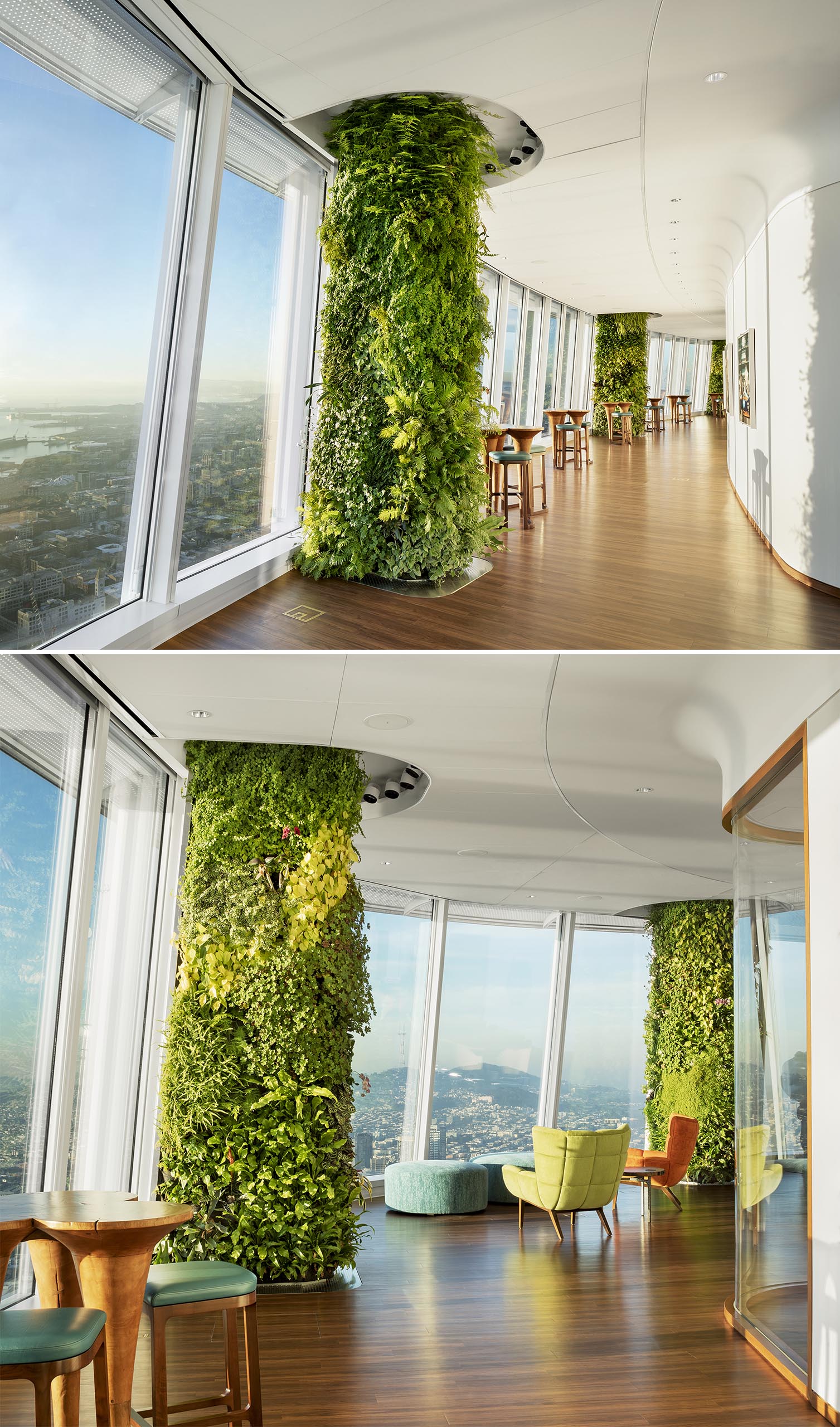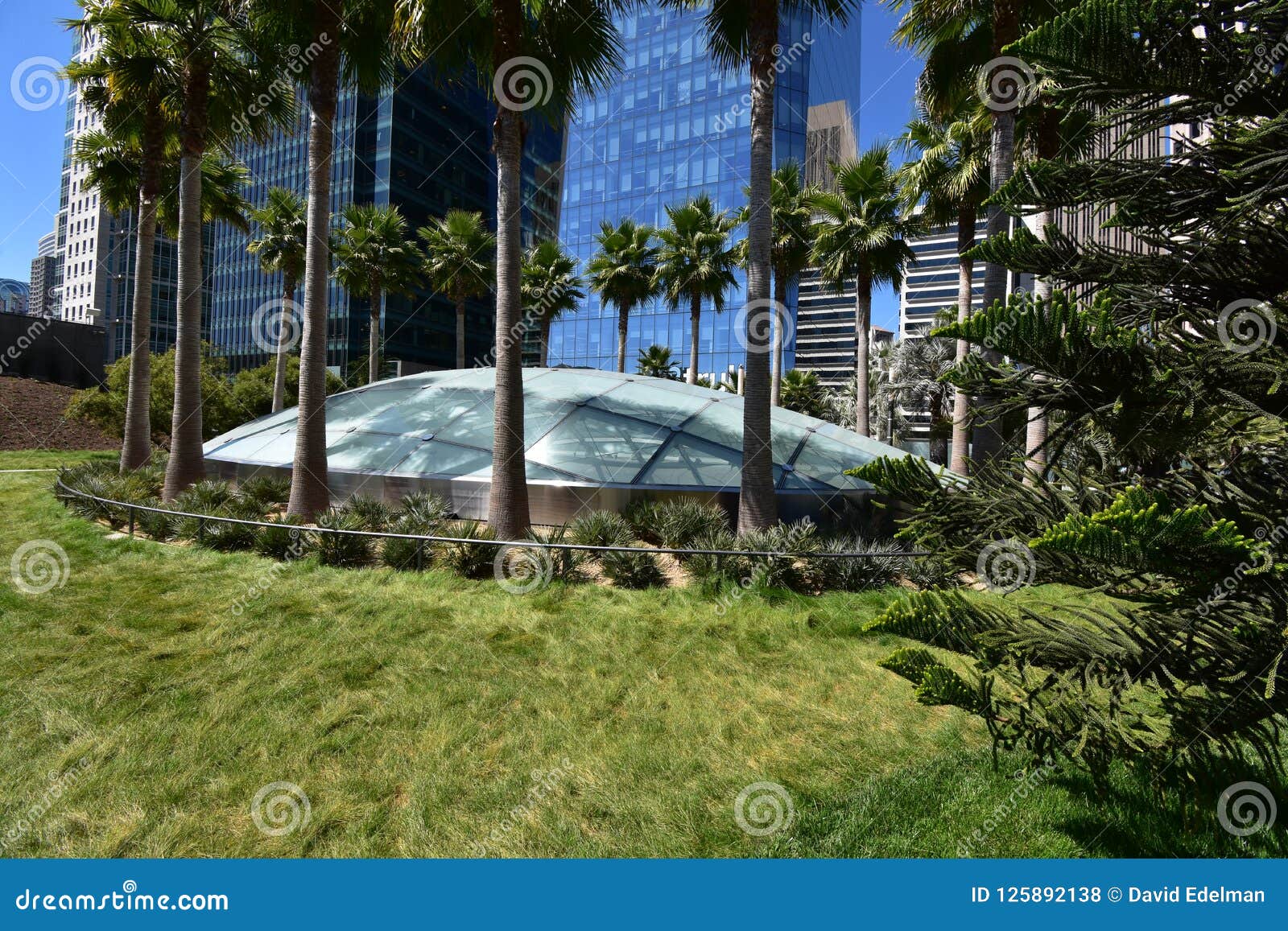
The tear then became what’s called a brittle fracture, a break that Vecchio, using a scanning electron microscope, says he could see along the surfaces of the crystals that comprise the metal. In this case, after the pop-in cracks formed, the crack seems to have moved a little, and then it tore open. When it fails, it usually deforms despite its apparent solidity, steel is actually ductile, which means it sort of squishes, like when you bend wire. On the other girder, one side of the flange cracked but the other side stayed intact-and essentially bore the entire load of the roof above. You release a lot of energy,” Frank says. In one girder, the stress was so great that both sides of the flange fractured.

Those pop-ins turned into all-out fractures.

In the end, it would take less than 11 months for a team of science detectives to return one of San Francisco’s most important pieces of infrastructure to service. The investigation involved physics, metallurgy, and the crystalline strength of steel at work. Inspections found more cracks figuring out what caused them would require forensics at scales ranging from the diameter of atoms to the width of city streets. But the whodunnit is perhaps less interesting than the howdunnit, and the what-got-dun. The Transbay Joint Powers Authority, the designers, and multiple contractors are likely to sue one another. This weekend, buses and passengers will finally roll into the Transbay Terminal again. And the agencies responsible for constructing the new building set out to understand what happened and what to do about it. In late September 2018, buses from 11 regional transit systems-from Marin County to the north, Berkeley and Oakland to the east, the peninsula to the south-rerouted to the utilitarian, parking lot-like, temporary facility they had used since 2010, when the original terminal closed after seven decades of service.

So about six weeks after the long-delayed terminal opened, it closed. He writes about science and miscellaneous geekery for WIRED.

Adam Rogers is the author of Proof: The Science of Booze.


 0 kommentar(er)
0 kommentar(er)
